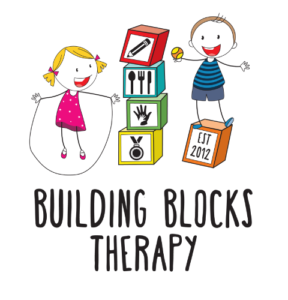Ever wondered how you can mentally and physically occupy your child for hours on end?
KICKbricks are the answer!
Playing with blocks is a common childhood experience and promotes integrated learning across a variety of different developmental areas (Phelps & Hanline, 1999). KICKbricks are a fantastic and incredibly versatile construction toy that can guarantee hours of fun, whilst also helping to develop a range of physical, mental and social skills. KICKbricks are large, soft foam blocks that can be built into whatever you like then pushed down again. Being lightweight, they are suitable for most ages and will not hurt if they come crashing down on top of you. They come in a range of colours and are an awesome addition to any family and have a range of benefits.
Benefits of KICKBricks
Socially
Whether your child prefers to play alone or with others Kickbricks are appropriate for either situation. Object related activities like building blocks can promote social and imitative behaviours (Brown and Murray, 2001; Stahmer et al., 2003; Lee et al., 2017), as well as joint attention and communication with another person (Iannaccone, Savarese & Manzi, 2018). It can also help to develop foundational social skills like turn-taking, waiting and sharing (Raising Children, 2017), as well as assist in developing cooperative play and teamwork skills.
Physically
The KICKbricks can also be used to help develop both fine and gross motor skills. For younger children, the wide bricks can assist with developing grasp and manipulation skills, spatial awareness, and muscle strength and coordination (Achwal, 2018) to place the blocks on top of the tower. For older children, challenges can be used with the bricks to create targets for throwing or kicking practice and can be used as obstacles to balance along or jump over.
Mentally
Kickbricks are also a fantastic way to stimulate the mind and help build cognitive skills. For younger children, the blocks provide opportunities for using creativity and imagination for object substitution (Achwal, 2018). Whereas for older children, the multicolour element of the bricks is also a great way to develop visual perceptual skills by creating patterns and designs, as well as building executive functions like planning, sequencing and problem-solving skills (Achwal, 2018; Iannaccone, Savarese & Manzi, 2018).
Allie Deayton
Occupational Therapist
References
Phelps, P., & Hanline, M. F. (1999). Let’s play blocks! Creating effective learning experiences for young children. Teaching Exceptional Children, 32(2), 62-67.
Iannaccone, A., Savarese, G., & Manzi, F. (2018). Object use in children with autism: building with blocks from a Piagetian perspective. In Frontiers in Education (Vol. 3, p. 12). Frontiers.
Brown, J., and Murray, D. (2001). Strategies for enhancing play skills for children with autism spectrum disorder. Educ. Train. Ment. Retard. Dev. Disabil. 36, 312–317.
Stahmer, A. C., Ingersoll, B., and Carter, C. (2003). Behavioral approaches to promoting play. Autism 7, 401–413. doi:10.1177/1362361303007004006
Lee, G. T., Feng, H., Xu, S., and Jin, S. J. (2017). Increasing “object-substitution” symbolic play in young children with autism spectrum disorders. Behav. Modif. doi:10.1177/0145445517739276
Achwal, A. (2018). What Preschoolers Can Learn From Block Play. Retrieved from Importance of Block Play in Early Childhood Development (firstcry.com)

